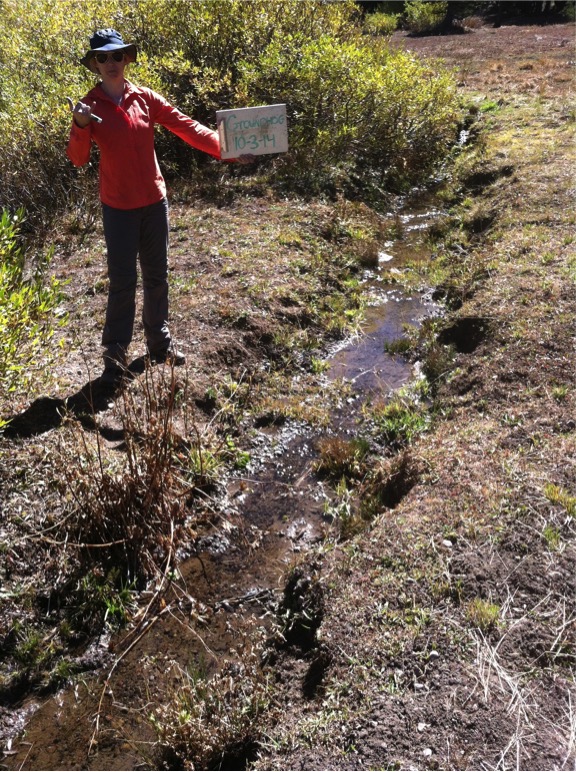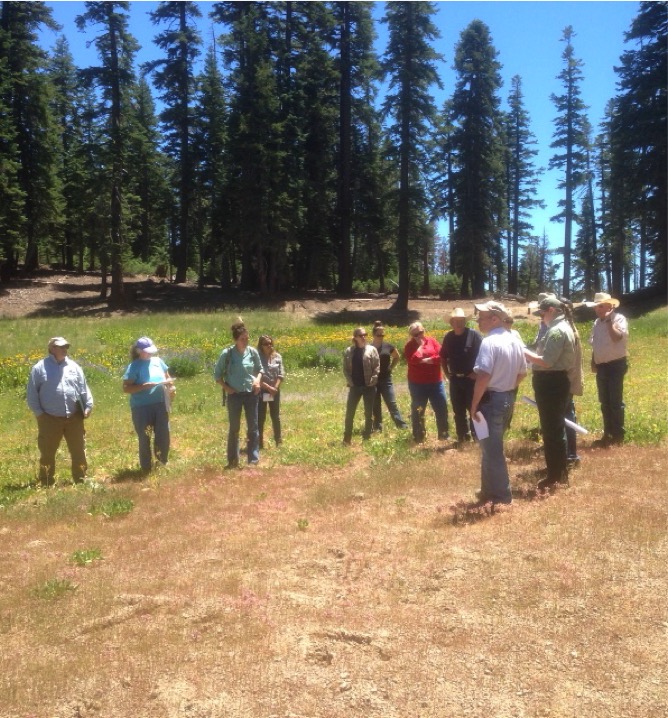
When CSERC staff offered to share photos of degraded meadows and damaged riparian areas that suffer from livestock effects year after year, no permittees wanted to look. Only a single USFS official showed any interest. Yet local Forest Service officials pressed CSERC and other objectors to allow the status quo to continue.
The decade-long planning process for the three grazing allotments is especially important to the environment because CSERC biologists have documented significant numbers of water quality violations in streams within the grazing allotments where cows are present for prolonged periods. The water sampling results reported by an independent testing laboratory show water pollution at levels that pose health risks to recreational visitors to the forest.
All of the above is compounded by the fact that taxpayers lose hundreds of thousands of dollars each year due to cattle grazing in the local national forest by paying more for the Forest to manage livestock than the meager amount taken in as fees paid by grazing permittees.


